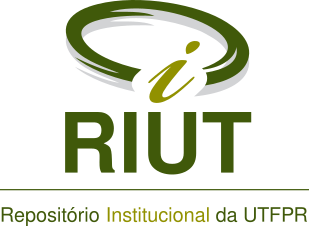Technological and nutritional potential of macaúba fruit Acrocomia aculeata (Jacq.) Lodd
Resumo
In Brazilian biome, there is a great diversity of native fruiting plants with potential for agro-industrial purposes. Among the species found, it is highlighted the palm fruits Acrocomia aculeata (Jacq.) Lodd, popularly known as macaúba. This study aimed to characterize the biometry of fresh macaúba fruit, the physicalchemical quality and pulp yield, to assess the nutritional and technological potential. The fruits are spherical drupes, the average values obtained for the longitudinal external diameter (DEL) and external transverse (DET) and total mass of fruit, 40.7 mm, 40.8 mm and 21.13 g , respectively, were higher than found in the literature for other fruit of palm trees. These results characterize the macaúba pulp as a product of low acidity, thus favoring sensorial characteristics. The content of soluble solids was correlated with sugars and organic acids levels. The L * value was higher in peel when compared with pulp, accordingly with chromaticity values. Hue peel angle was characterized by a yellow-reddish color and the pulp indicated a yellow coloring. The pulp showed high yield, especially regarding the technology use as raw material for agro-food industry.
DOI: http://dx.doi.org/10.14685/rebrapa.v3i2.89
Palavras-chave
Texto completo:
PDFDOI: 10.14685/rebrapa.v3i2.89
Apontamentos
- Não há apontamentos.
Direitos autorais





